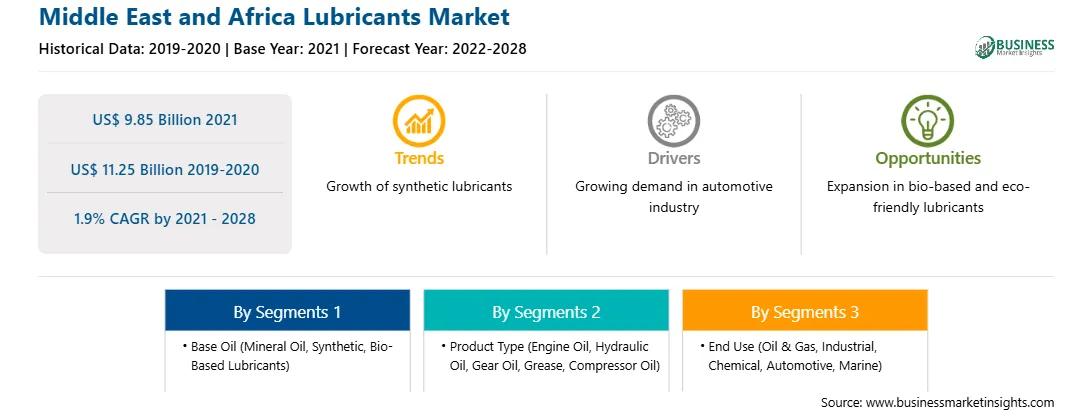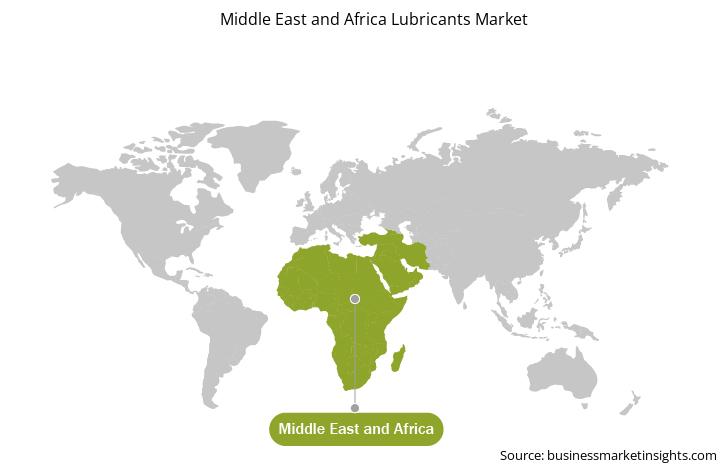Synthetic lubricants are most widely used in industrial operations and the automotive sector due to their beneficial advantages. Thus, growth prospects in industrial applications and the automotive industry are fueling the demand for synthetic lubricants. Synthetic lubricants are most widely preferred due to their superior characteristics to natural mineral oil. It is used across vertical industries, which requires a high level of consistency. Polyalphaolefin lubricant is the most common synthetic oil widely used in the automotive and industrial sectors. It has excellent physical and chemical properties, such as higher viscosity index, lower volatility, lower pour point, and greater thermal stability. Due to these properties, it is widely preferred among consumers and is expected to trend in the market over the coming years.
Group III and IV base oils are high-quality oils used for high-performance application and low viscosity motor oils in technically advanced automotive engines. Stringent emission norms, better blending flexibility due to advancement in additive technology, and growing fuel efficiency standards are some of the key factors that will boost sales of high-quality group III base synthetic lubricants. It is a premium base oil that caters the complex application.
South Africa witnessed the highest number of COVID-19 cases in the MEA, followed by Saudi Arabia and UAE. The UAE was the first country in MEA to report a confirmed case of COVID-19. Various chemicals & materials companies remained closed due to the pandemic, which led to the reduced sale of products, hampering the MEA lubricants market. However, the current surge in demand for oil & gas across various industry verticals is fueling the demand for lubricants.
The pandemic has significantly slowed down the production of lubricants as well.
With the new features and technologies, vendors can attract new customers and expand their footprints in emerging markets. This factor is likely to drive the MEA lubricants market. The MEA lubricants market is expected to grow at a good CAGR during the forecast period.
Strategic insights for the Middle East and Africa Lubricants provides data-driven analysis of the industry landscape, including current trends, key players, and regional nuances. These insights offer actionable recommendations, enabling readers to differentiate themselves from competitors by identifying untapped segments or developing unique value propositions. Leveraging data analytics, these insights help industry players anticipate the market shifts, whether investors, manufacturers, or other stakeholders. A future-oriented perspective is essential, helping stakeholders anticipate market shifts and position themselves for long-term success in this dynamic region. Ultimately, effective strategic insights empower readers to make informed decisions that drive profitability and achieve their business objectives within the market.

| Report Attribute | Details |
|---|---|
| Market size in 2021 | US$ 9.85 Billion |
| Market Size by 2028 | US$ 11.25 Billion |
| Global CAGR (2021 - 2028) | 1.9% |
| Historical Data | 2019-2020 |
| Forecast period | 2022-2028 |
| Segments Covered |
By Base Oil
|
| Regions and Countries Covered | Middle East and Africa
|
| Market leaders and key company profiles |
The geographic scope of the Middle East and Africa Lubricants refers to the specific areas in which a business operates and competes. Understanding local distinctions, such as diverse consumer preferences (e.g., demand for specific plug types or battery backup durations), varying economic conditions, and regulatory environments, is crucial for tailoring strategies to specific markets. Businesses can expand their reach by identifying underserved areas or adapting their offerings to meet local demands. A clear market focus allows for more effective resource allocation, targeted marketing campaigns, and better positioning against local competitors, ultimately driving growth in those targeted areas.

The Middle East and Africa Lubricants Market is valued at US$ 9.85 Billion in 2021, it is projected to reach US$ 11.25 Billion by 2028.
As per our report Middle East and Africa Lubricants Market, the market size is valued at US$ 9.85 Billion in 2021, projecting it to reach US$ 11.25 Billion by 2028. This translates to a CAGR of approximately 1.9% during the forecast period.
The Middle East and Africa Lubricants Market report typically cover these key segments-
The historic period, base year, and forecast period can vary slightly depending on the specific market research report. However, for the Middle East and Africa Lubricants Market report:
The Middle East and Africa Lubricants Market is populated by several key players, each contributing to its growth and innovation. Some of the major players include:
The Middle East and Africa Lubricants Market report is valuable for diverse stakeholders, including:
Essentially, anyone involved in or considering involvement in the Middle East and Africa Lubricants Market value chain can benefit from the information contained in a comprehensive market report.